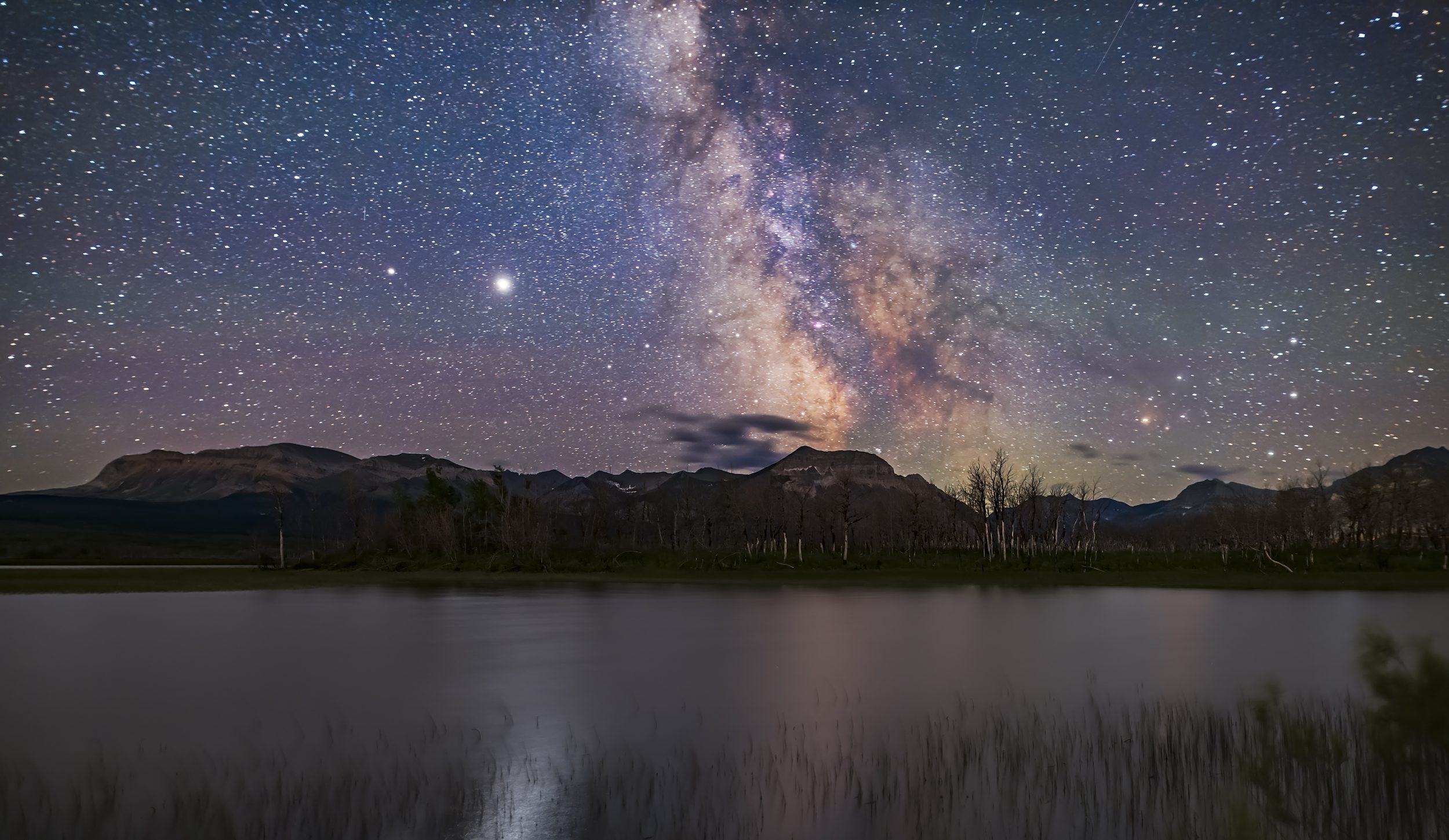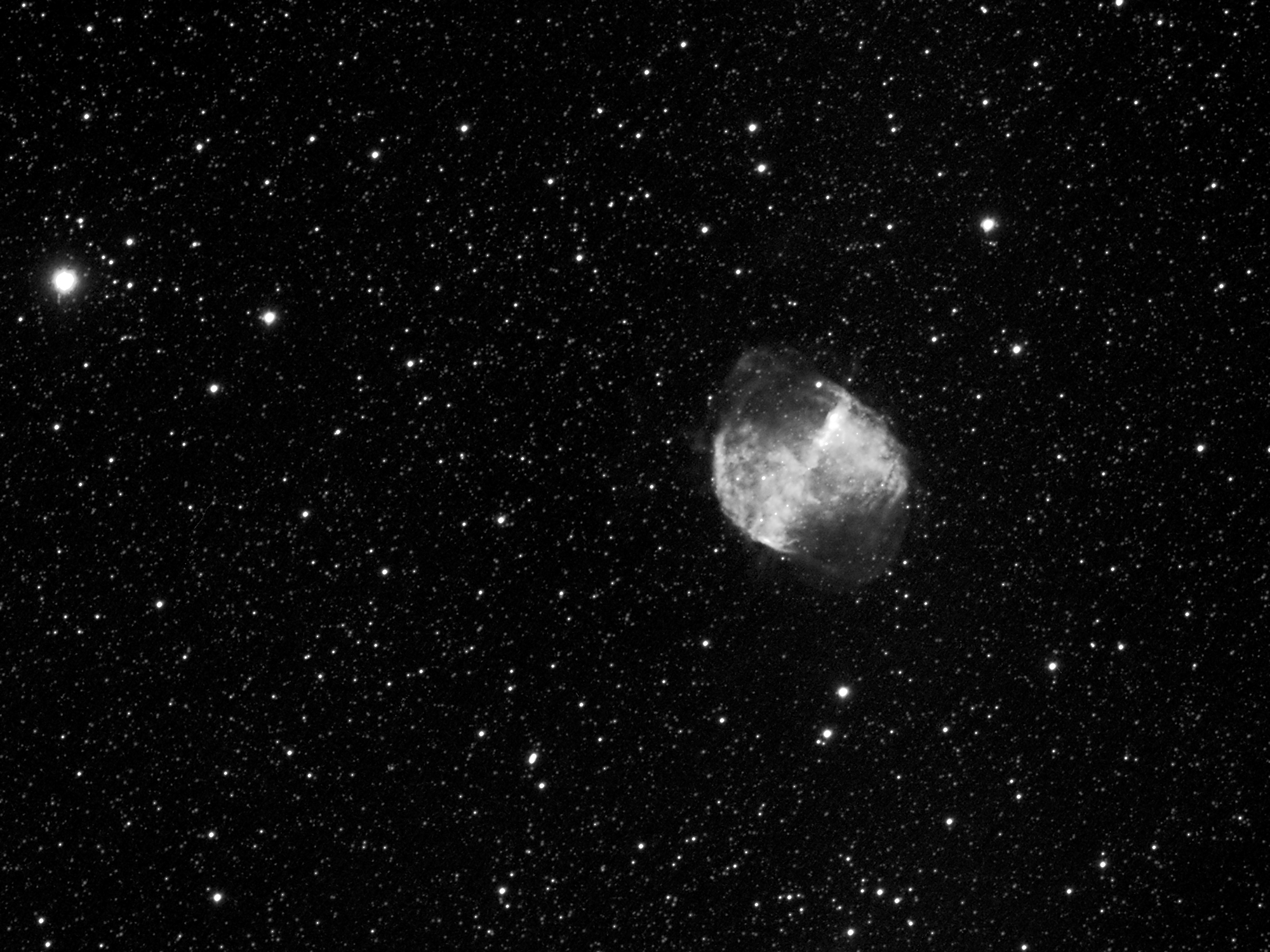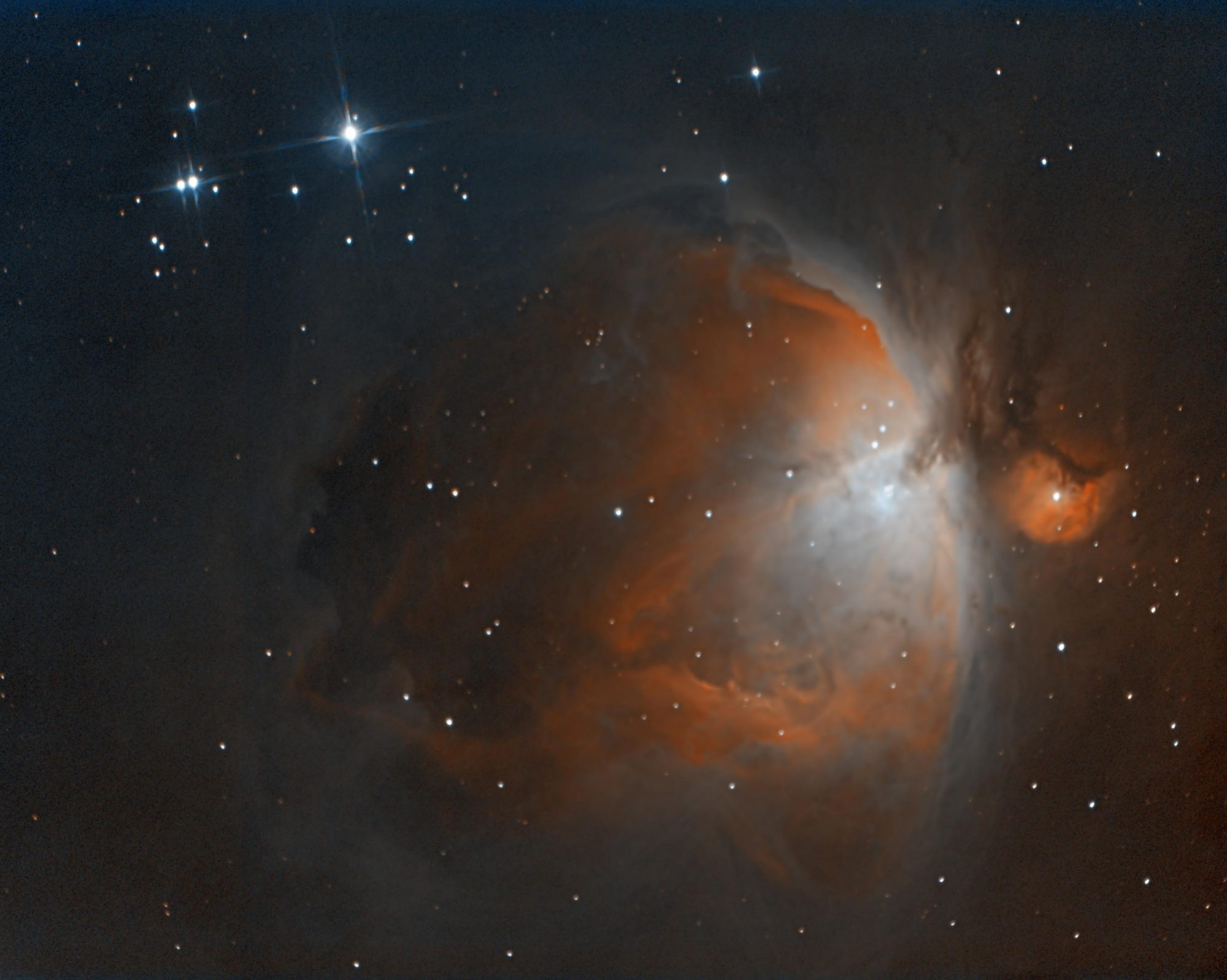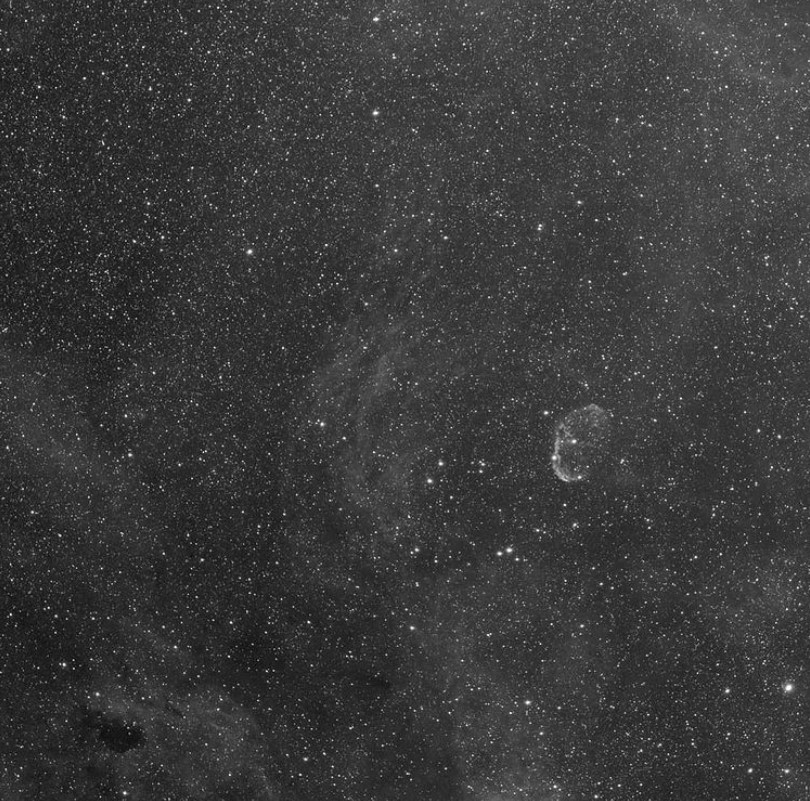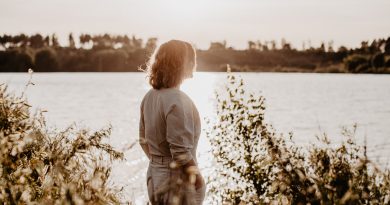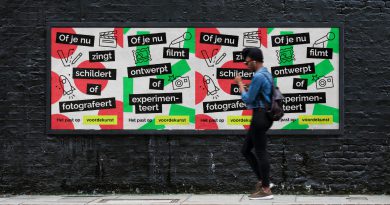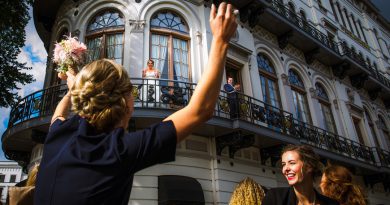Photographer reaching for the stars!
Celebrating creativity is what we aim for at Gearbooker. It for this reason that we – every so often – meet with our users to learn about their creative passions! We share their interesting stories and hope they will inspire you to improve your skills, as well as explore your creativity even further!
As part of this series of meetings, we interviewed Jef Sterckx – an engineer by profession with a hobby as an astrophotographer.
Photographer with an engineering background
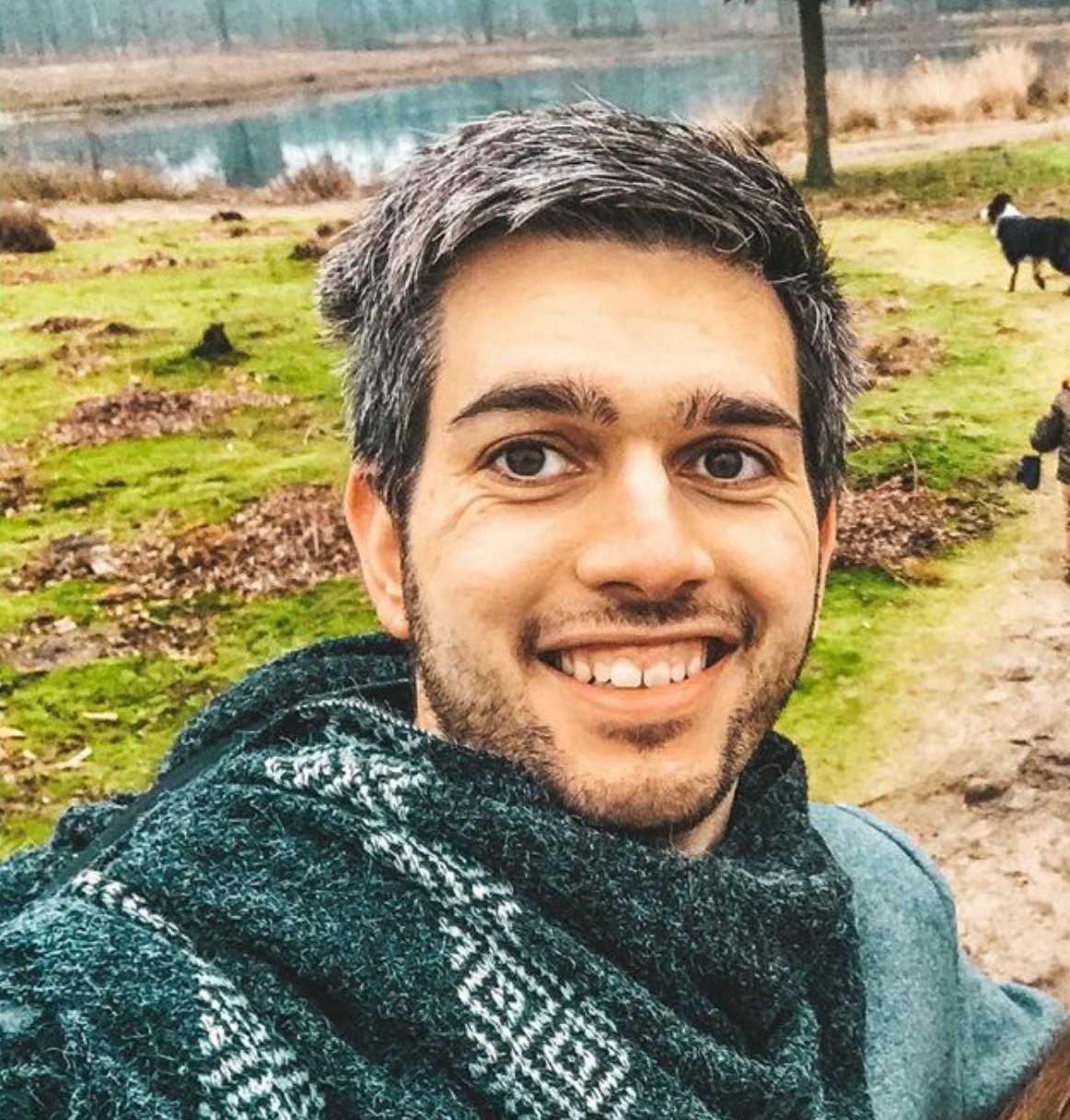
Meet Jef Sterckx from Belgium and who is in his early thirties. By profession, he is an electronic engineer. His interest in photography began 15 years ago. In 2017 he decided to take upon photography and videography as a secondary occupation!
Wait, that’s not all though, Jef is also passionate about astrophotography!
✨An astrophotographer? ✨
If you don’t know and are curious what exactly that means – the dictionary tells us, it’s: “the photography of any astronomical body or event”. Previously, this was purely done by the use of telescopes and highly specialized cameras. But thanks to technological advancements, astrophotography became much more accessible with prosumer (and even consumer level) equipment and the field now consists of many sub-categories.
Now that is cleared up, let’s jump into the interview with Jef Sterckx and find out more!
Jef mentions that he remembers when buying his first digital camera, photography was not always his main hobby – “I had always been interested in space and that is why I bought my first telescope. Then I started getting curious about how I could modify a camera so it would fit on the telescope to be able to do some astrophotography.”
Being an electronic engineer actually came in really handy. This experience allowed him to better understand the technical side of the camera equipment.
His first telescope
We asked Jef about the first telescope he bought. “When I got my first telescope, in fact, I was a bit disappointed when looking through it – due to the intense light pollution (the phenomenon where ambient light from the earth reduces the view on the sky), it was not possible to see the space and stars in their full glory.” But, once he attached a camera to the telescope, he was able to get a much longer exposure time so he could capture stars and nebulas with much less brightness . This way he was able to see everything in much more detail. Astrophotography was what Jef was doing the most. “Then I got more interested in other types of photography, took some evening classes, and even joined a photography club”. After learning more about photography, he decided to also take it on as a side job.
Learning more about astrophotography
When asking Jef how he aquired his knowledge about photography, and astrophotography specifically, he emphasizes that: “I think it is quite a unique hobby as well – astrophotography – because not a lot of people do that. So if the image turns out really breathtaking, I feel like I have accomplished something. It is definitely a challenging process!”.
Jef mentions that he mostly tends to look up information about astrophotography on a variety of forums, also on YouTube! It has definitely helped him learning new things and has inspired him to try out new things. For example, in terms of image editing. “The most important thing is to take inspiration from all these videos and tutorials, but also remember to create your unique and creative style!”.
“Unfortunately, we do not look up to the sky as often as we should. Because it is breathtakingly beautiful!”
Jef explains that an astrophotographer, on average, takes a hundred images and then combines them together to create one amazing image. Once that is done, the result is really astonishing. Jef says that it is “breathtakingly beautiful above us, we do not look up to the sky as often as we should”. The result becomes even more breathtaking if the person knows how to properly edit these images. In the end, one breathtakingly good image is better than 10 average ones.
Tips for starting with astrophotography
In case after reading this blogpost you are interested in giving astrophotography a chance, Jef has some tips for you:
- Start by just using your standard camera and lens. Upgrade later, once you know what you want. Jef emphasizes that it is really important to start small to be able to learn the flow and editing before jumping into spending large amounts of money. After you have mastered this, you can replace the camera/lens items with more specific astrophotogray equipment. Sadly, the saying “the more expensive, the better” is quite valid in this segment of photography.
- Make sure to take a lot of short exposure pictures and use the free Deep Sky Stacker software tool to combine them into one pictures.
- Use a portable tracking system to increase exposure time (do not worry – also cheap travel trackers exist!)
What kind of equipment does Jef use for astrophotography?
He now uses a cooled CCD camera (from the brand ATIK) to get both advantages of reduced noise and the wider bandwidth for capturing the visible light spectrum.
For a telescope, you can make use of lenses or mirror based versions (or both). Jef chooses mirrors (photo-newton design) as they are less expensive than lense based telescopes. The most important part is the use of a tracker (Skywatcher mount). As you know the earth moves and the stars are not fixed during the night. So it is important to have a good tracking system to be able to capture the objects during the exposure time without blur because of the earth’s movement!
Are you curious for the gear that Jef rents out on Gearbooker?
